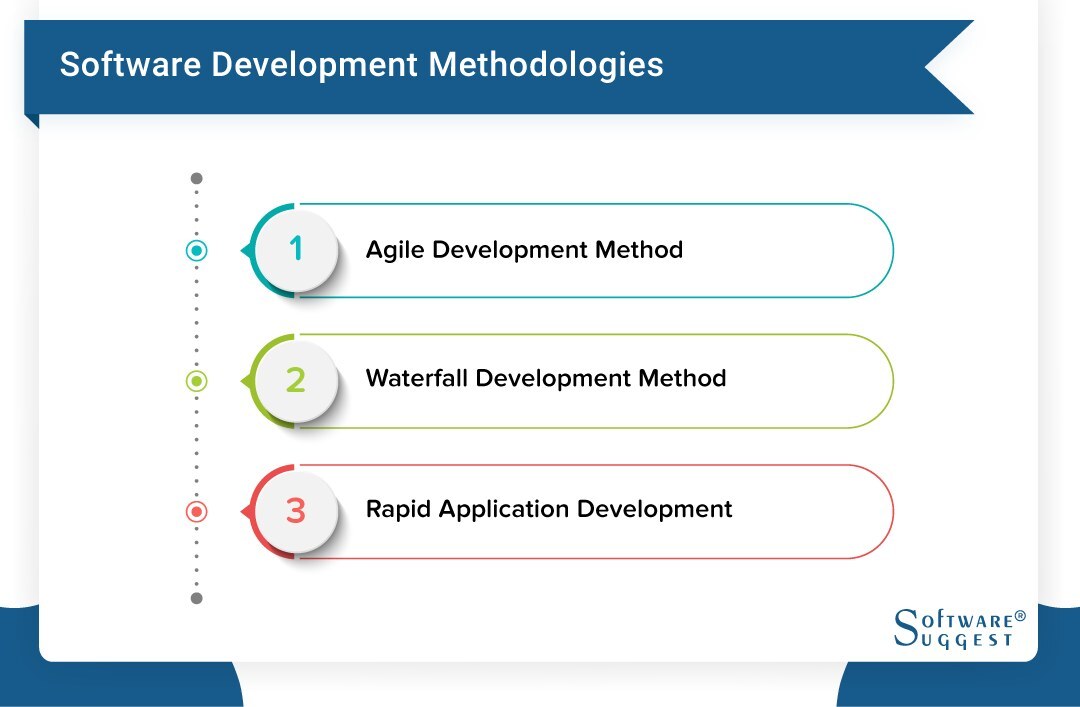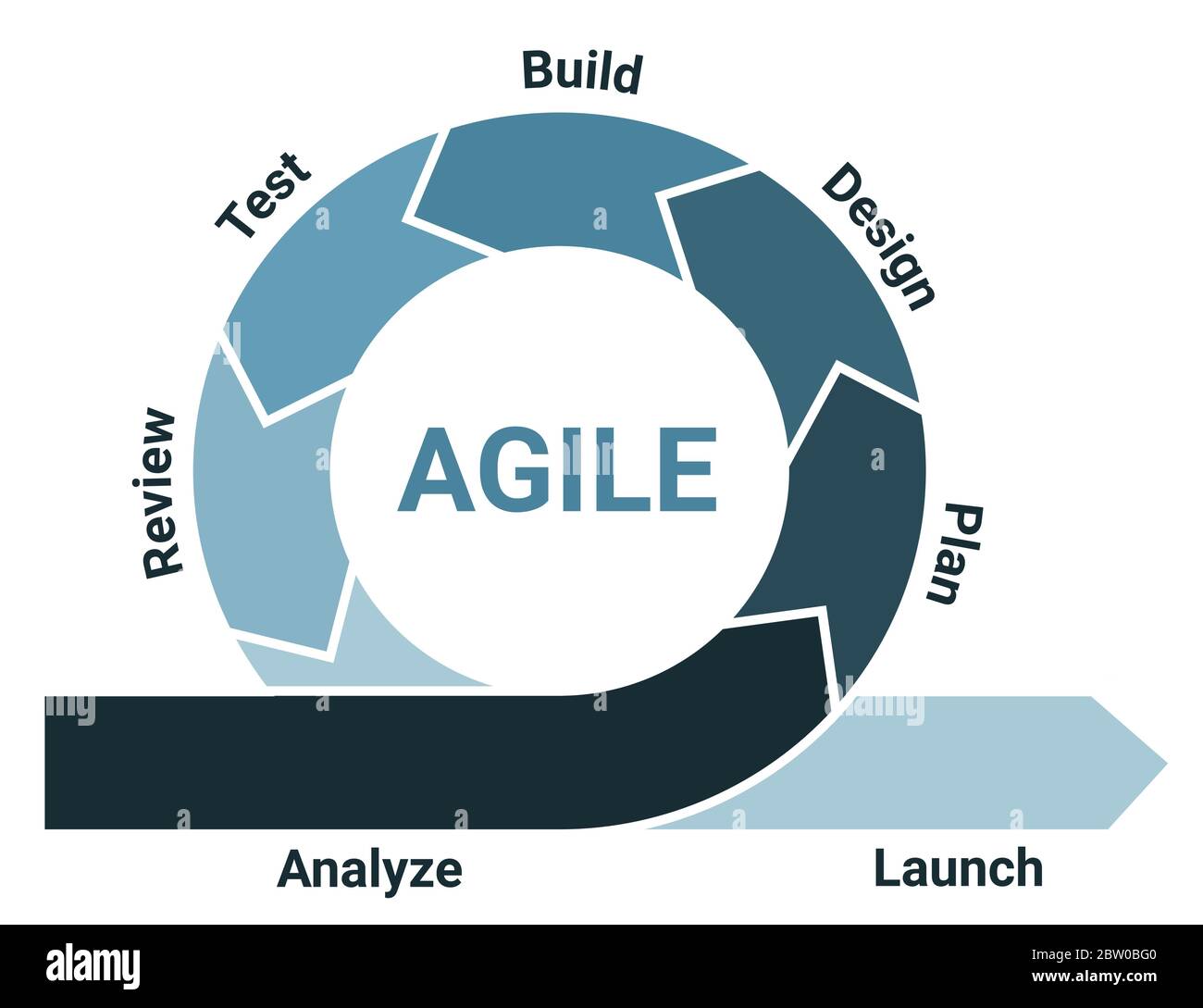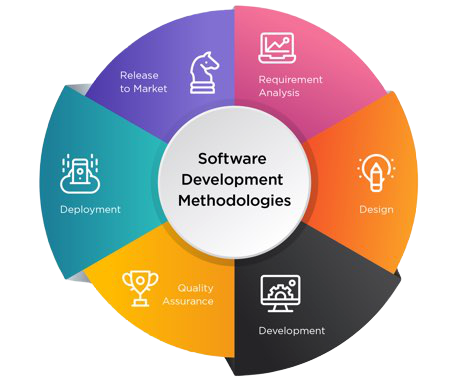

One Scrum takes place over a preset amount of time called a sprint. The Scrum process is based on empiricism, which is the theory that knowledge comes from hands-on experience and observable facts.
#Software development methodology software#
Like many software development methodologies, Scrum is agile, focusing on a value-driven approach. Scrum is a system regularly used by software development teams. Lean development provides a clear application for scaling agile practices across large or growing organizations. The philosophies and principles of lean can be applied to agile and other software development methodologies. Lean is also a guiding mindset that can help people work more efficiently, productively, and effectively. The five lean principles provide a workflow that teams use to identify waste and refine processes. By reducing tasks and activities that don’t add real value, team members can work at optimal efficiency. At its core, lean development strives to improve efficiency by eliminating waste.

Lean software development comes from the principles of lean manufacturing. This kind of focused agile methodology can work for some teams that want a highly structured approach and clear deliverables while still leaving some freedom for iteration. The process is adaptive, improving based on new data and results that are collected regularly to help software developers identify and react to errors. It’s an iterative process with all eyes on delivering tangible results to end users. Although it uses some agile principles, it’s viewed as the predecessor of today’s agile and lean methodologies.Īs the name says, this process focuses on frequently implementing client-valued features. Feature driven development (FDD)įeature driven development is also considered an older methodology. It’s more or less the opposite of agile, prioritizing sticking to the plan rather than adapting to new circumstances. The approach is plan-driven and rigid, leaving little room for adjustments. Usually, this plan is a linear, step-by-step process with one task feeding into the next, giving it the “waterfall” name. At the beginning of a project, project managers gather all of the necessary information and use it to make an informed plan of action up front. It’s more common to see the waterfall method used for project management rather than product development. For many years, the waterfall model was the leading methodology, but its rigid approach couldn’t meet the dynamic needs of software development. The waterfall approach is a traditional methodology that’s not very common in software development anymore. It’s adaptive and evolves with new ideas, situations, and directions. The agile process, on the other hand, is more like jazz, which comes together through collaboration, experimentation, and iteration between band members. Traditional, linear management methods, such as the waterfall method we’ll cover below, are like classical music, led by one conductor who has a set plan for how the music should be played. It’s like comparing jazz to classical music. Most software development methodologies are agile with a strong emphasis on iteration, collaboration, and efficiency, as opposed to traditional project management. It’s often used as an umbrella term to label any methodology that’s agile in nature, meaning an iterative process that reduces waste and maximizes efficiency. Scrum software development methodologyĪgile is the most common term used to describe development methods. In this post, we’ll outline and compare the following eight software development processes:ġ. The key is choosing a system and working as a team to fine-tune and improve that approach so you can continue to reduce waste, maximize efficiency, and master collaboration. You’ll find there are plenty of overlapping principles from one methodology to the next.

Most dev teams combine methodologies and frameworks to build their own unique approach to product development.

Depending on the needs of the team and the product's stakeholders, it’s common for teams to deploy and utilize a combination of software development methodologies. Software development teams are known for using a wide variety of agile methodologies, approaches, and tools to bring value to customers.


 0 kommentar(er)
0 kommentar(er)
